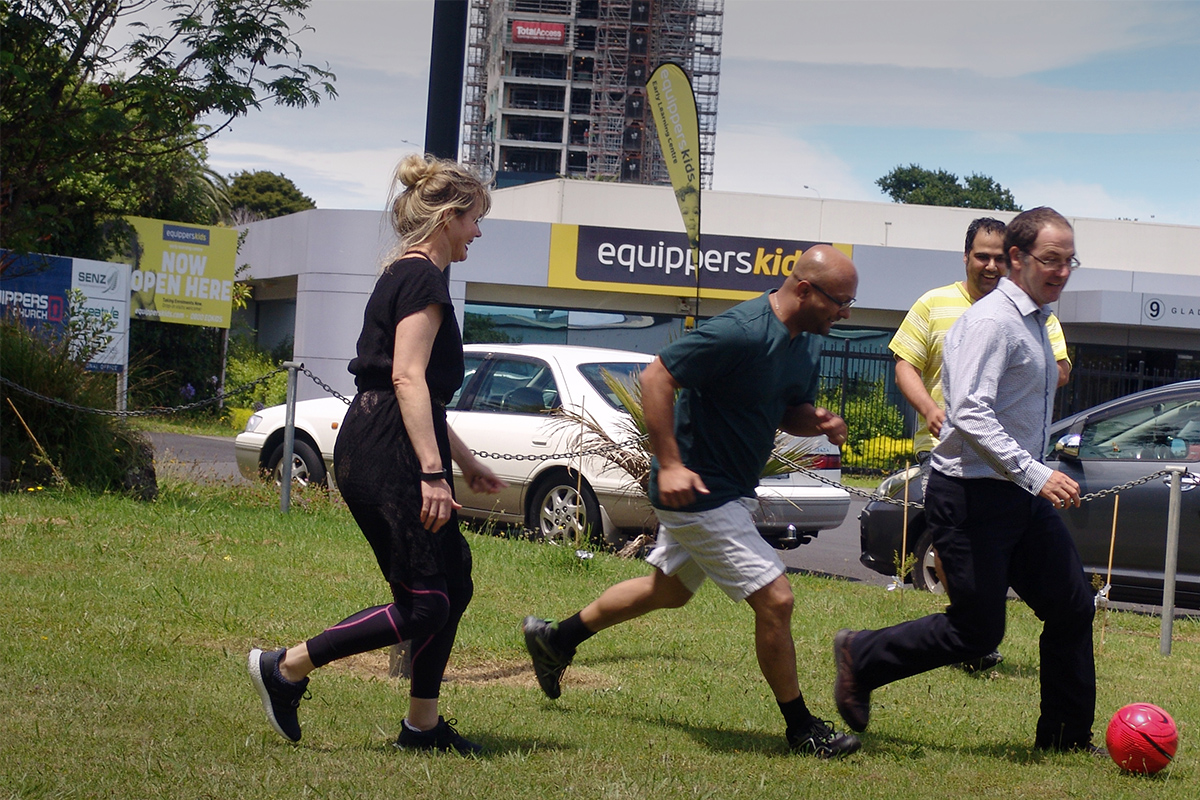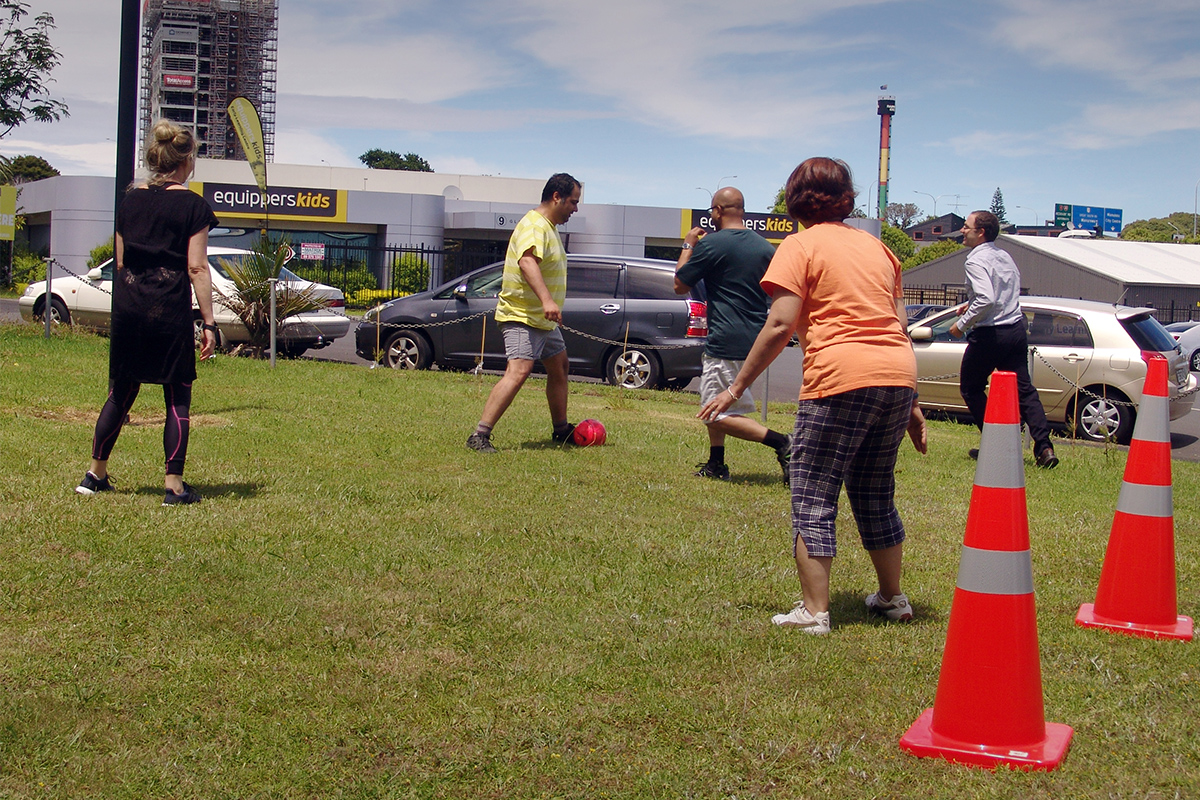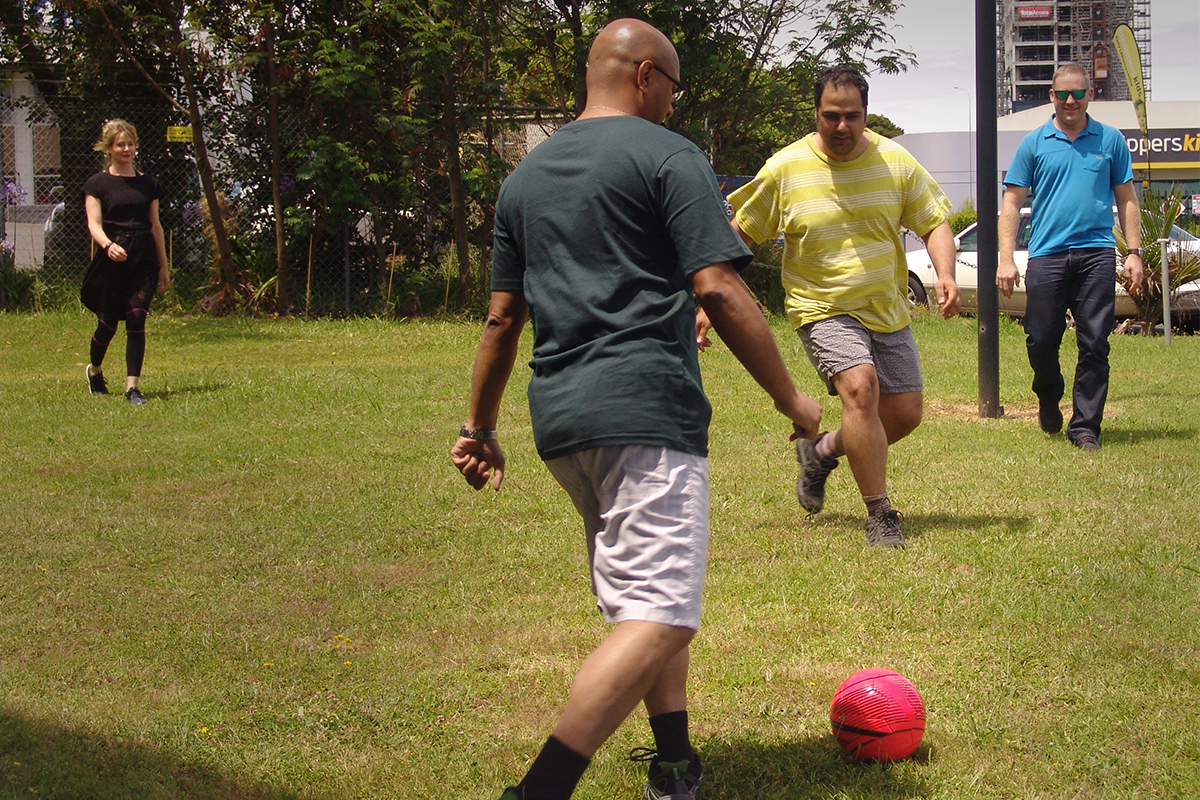Sitting for long periods is thought to slow the metabolism, which affects the body’s ability to regulate blood sugar, blood pressure and break down body fat. This makes it a serious health and safety consideration with emerging awareness of its impacts.
A range of studies show growing evidence for the serious consequences of pro-longed sitting.
For example, a study of 125,000 adults in the USA, found that people who sat the most were more likely to die from 14 different diseases. The survey found that those who sat six or more hours a day were 19% more likely to die over the next 21 years than those who spent less time sitting!
The 14 diseases were: cancer, coronary heart disease, stroke, diabetes, kidney disease, suicide, COPD (such as emphysema), pneumonitis due to inhaling something, liver disease, peptic ulcer and other digestive disease, Parkinson’s disease, Alzheimer’s, nervous disorders and musculoskeletal disorders.
“Risk was significantly higher for 14 of the 22 specific causes of death examined, and importantly, for eight of the top 10 leading causes of death in the U.S.,” the American Cancer Society’s Alpa Patel and colleagues wrote in their report, published in the American Journal of Epidemiology.
Put the health of your staff first
A workplace that supports staff to sit less is likely to improve staff health and productivity. It is generally recommended that people move for 1 to 2 minutes every half hour. There also appears to be evidence that being active for at least 60 minutes per day helps to combat the impacts of being sedentary.
There are a range of ways that employers can encourage their staff to sit less. Most of these are zero cost to implement.
Employers should encourage staff to:
- Walk over and talk to colleagues instead of phoning or emailing them (this is better for staff relationships too).
- Use the stairs instead of the lift.
- Use a bathroom on a different floor.
- Go outside and get some fresh air during the day (also helps staff to get vitamin D).
- Substitute some daily sitting desk time with walking or standing.
- Set up individual reminders/prompts such as to stand up every time the phone rings.
- Stand up to eat lunch (or walk around the block during the lunch break).
- Schedule activity breaks into daily calendars.
- Walk to external meetings.
- Hold stand-up meetings.
- Walk, run, cycle or scoot to and from work.
Some simple actions that employers can take directly:
- Provide a stand-up reading area.
- Display posters that prompt staff to sit less and move more.
- Encourage the use of active transport (walking, running, cycling, or scooting) to and from work or external meetings.
- Put ‘Standing meetings welcomed’ signs in meeting rooms.
- Set up a lunchtime walking or jogging group.
- Put a high table with no seats in the lunch room.
- Centralise printers or office rubbish bins so staff have to get up to use them.
At HERA we’ve kick started lunch time soccer sessions and are exploring the idea of getting a badminton net, outdoor exercise equipment stations or a ping pong table as more low impact or solo sporting options to encourage our team to move more. To us, achieving a good work-life-balance forms one of our core values – so we’re committed to finding ways to support this in our work environment.
February is ‘stand up and move more’ month
Evidence strongly suggests that sitting is a health hazard, and there is no better month to address this than the last official month of summer!
Behavioural change and changes to office lay-out seem to be key ways to reduce sedentarism. As these changes are so simple and low-cost, it’s no-brainer to implement them.
If you’re interested to explore what other steps you can take during this month, information and resources at Wellplace NZ are a great start!




